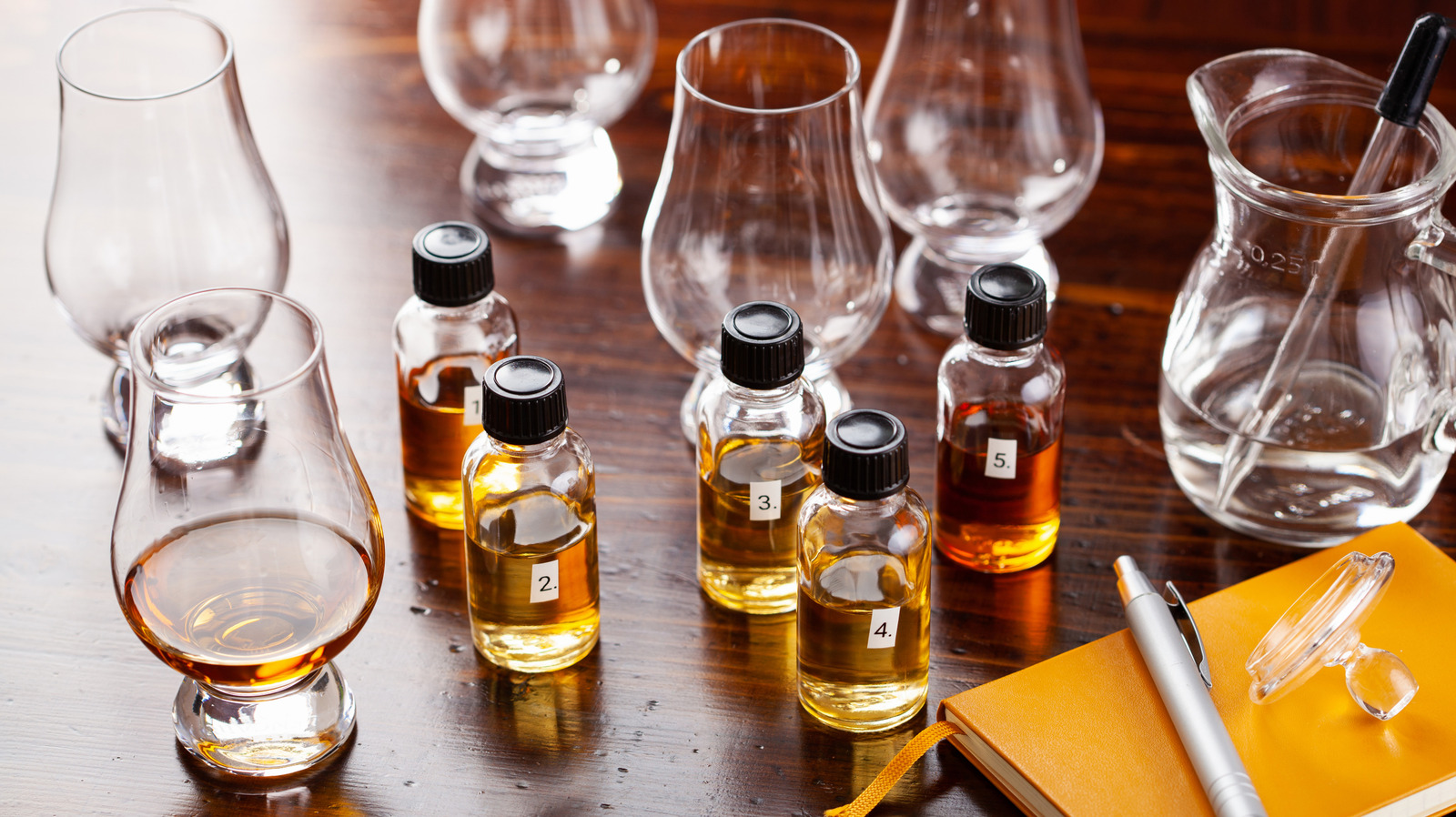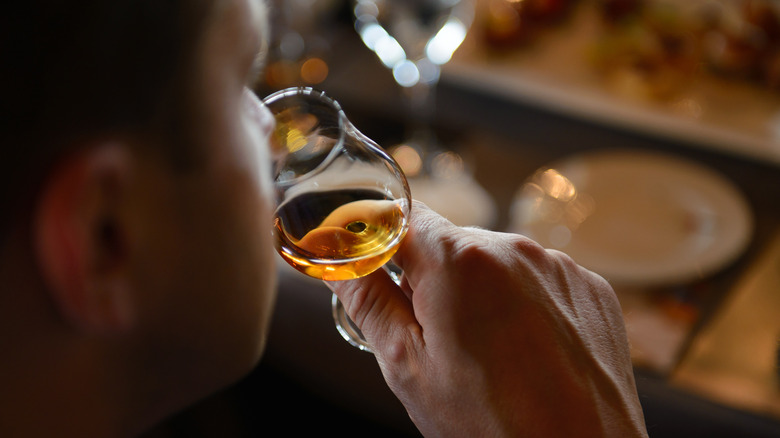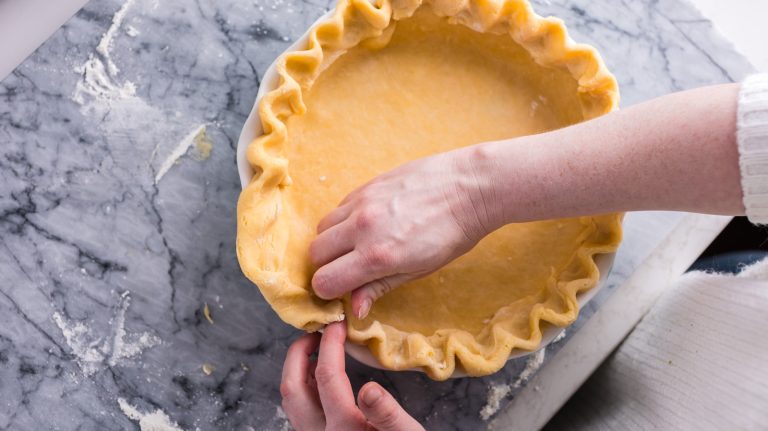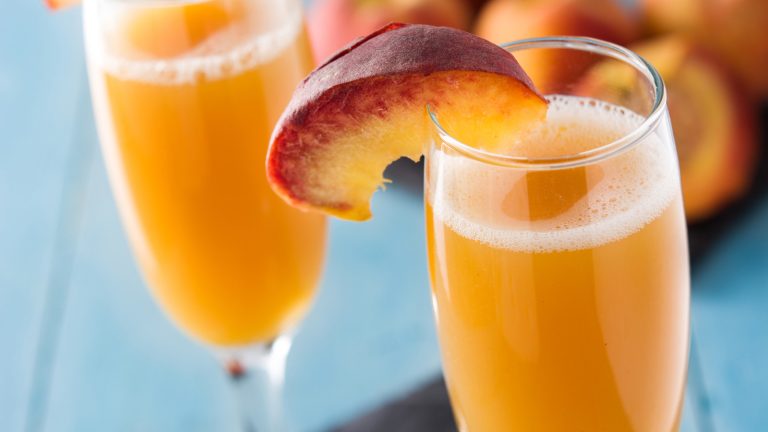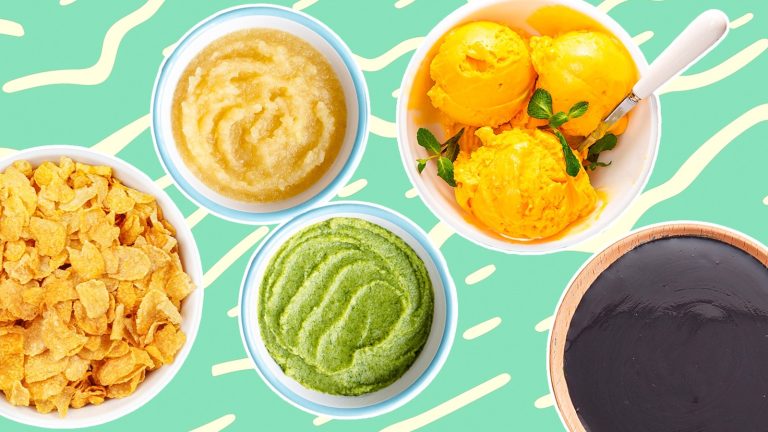Exploring whiskeys can seem like a complicated affair. You may come across many whiskey-related terms when deciding which bottle to buy, and that’s before you even get into all the colorful adjectives used to describe the spirit’s tasting notes. Calling a bourbon smooth is considered a rookie move; be prepared to look for more nuance in the flavor so you can proclaim whether what you’ve tasted is floral, fruity, smoky, yeasty, or something else. And for your tastebuds to be able to distinguish between different whiskeys and enjoy their characteristics during a tasting, it’s important to watch out for palate fatigue.
One of the major mistakes when tasting whiskey is starting with a particularly bold or peaty one, as you might miss fainter, more floral flavors in subsequent drams. You also don’t want to save your best and most expensive bottle for the end, since your tastebuds start getting numb after tasting around four whiskeys, making you lose out on all the rich notes and mouthfeel you paid for. This is why most tastings should be capped at four to five whiskeys.
When picking an order, prioritize aged spirits first, since they generally have more nuances to explore. That said, flavor is of more importance: Any whiskey — aged or young — with more delicate notes should be placed earlier on in the tasting order. Bourbon has a milder flavor, so it should be bumped up in the order, while smoky Scotch whiskey and peaty Irish whisky can be tasted later. Notice how whiskey and whisky are spelled differently — it has to do with their origins, but shouldn’t affect their position in a tasting flight. Instead, consider their alcohol by volume and save higher proof spirits for later.
Remember to warm up and refresh your taste buds, and watch out for palate fatigue
Your palate is at the center of any form of tasting, so it’s crucial to warm it up and keep it refreshed throughout the experience. If you’ve had a day of heavy eating or drinking, it’s likely your taste buds are already saturated, so plan around your whiskey tasting. You can also start with a light alcohol cocktail to open up your tastebuds before diving into the whiskeys. Another way to conserve your palate is to add a few drops of water to the whiskey after the initial undiluted sip. Water also helps open up the spirit’s flavors.
In between whiskeys, refresh and quickly cleanse your palate with sips of water and a few bites of neutral flavored snacks, like salted crackers, crusty bread, nuts, and mild cheese. Carbonated water is also particularly good at cleansing the palate of lingering flavors. Note that heavier, more smoky and peaty whiskeys tend to linger longer in the mouth and nose, so cleanse your palate accordingly. If you’re pairing whiskeys with food, remember that lingering food flavors can also impact the taste of the next dram.
Finally, if subsequent whiskeys start tasting similar or it gets difficult to pick apart their subtleties, take a break to rest those taste buds. It’s also a good idea to stock up on some popular whiskey brands for beginners, and use them to practice pinpointing various aspects like color, viscosity, aroma, taste, and finish, so that you can enjoy the expensive stuff to the fullest.


